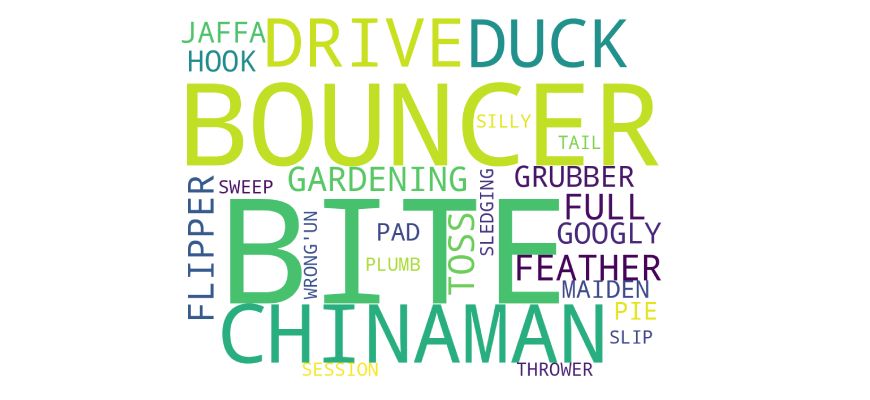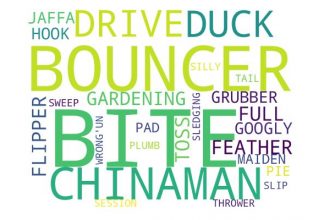Term Hindi: फिसलना
Understanding the Cricket Term: “Slip”
In cricket, a fielding position known as the “slip” holds strategic impact and significance. A slip is like an ambush predator, subtly lurking and waiting for an opportunity to pounce on any mistake by the batsman. Although it may look simple with players just standing and waiting for the ball, the role requires sharp reflexes, concentration, good judgment, excellent catching skills, and even bravery.
The Position of Slip
A player stationed in the ‘slip’ position is located close behind on the off-side of the batsman (usually right behind where a second or third man would stand), within catching distance when batted balls edge off their bat’s outside half. This area generally carries high risk yet exciting prospects due to its proximity to the batsman.
- Near slips: The positions closest to the wicket-keeper are referred to as ‘first slip,’ ‘second slip,’ ‘third slip,’ etc., according to how many there are and their sequence from the wicket keeper.
- Far slips: Slips farther out are typically referred to as ‘fourth slip’ or ‘fifth slip.’ However, these terminologies can be flexible based on specific game conditions and tactics being employed.
The Role of Slip
The primary role assigned to slips involves intercepting nicked shots that have evaded or bypassed both the wicket-keeper and other fielders. They must remain alert and ready at all times given that opportunities may present themselves suddenly and require swift responses.
- Promoting Attack: Placing risks in aggressive positions thus aids bowlers who adopt attacking strategies – particularly those aiming to coerce batsmen into making errors through swing or seam.
- Psychological Pressure: Having slip fielders in position can add psychological pressure onto the batting side as they depict a high-risk environment.
Slip Fielding Skills
Awareness and sharp reflexes are two major factors that contribute to an effective slip. They must watch the ball from the time it leaves their bowler’s hand right up until it makes connection with – or bypasses – the bat.
- Catching: Indeed, excellent catching ability is arguably one of the foremost skills for slips as they often handle hard-edged balls travelling at tremendous speeds.
- Reaction Time: Given the close proximity and very short reaction times involved when fielding in this area, players must have remarkable agile responses to react appropriately and swiftly.
In conclusion, while many might see cricket as predominantly a batter’s game, positions like ‘slips’ clearly manifest how intricate and well-planned cricket fielding strategies influence outcomes considerably. Beyond just standing next to the wicket-keeper waiting for catches, these guardians of the ‘gate’ contribute significantly towards winning games by taking crucial catch-outs.



